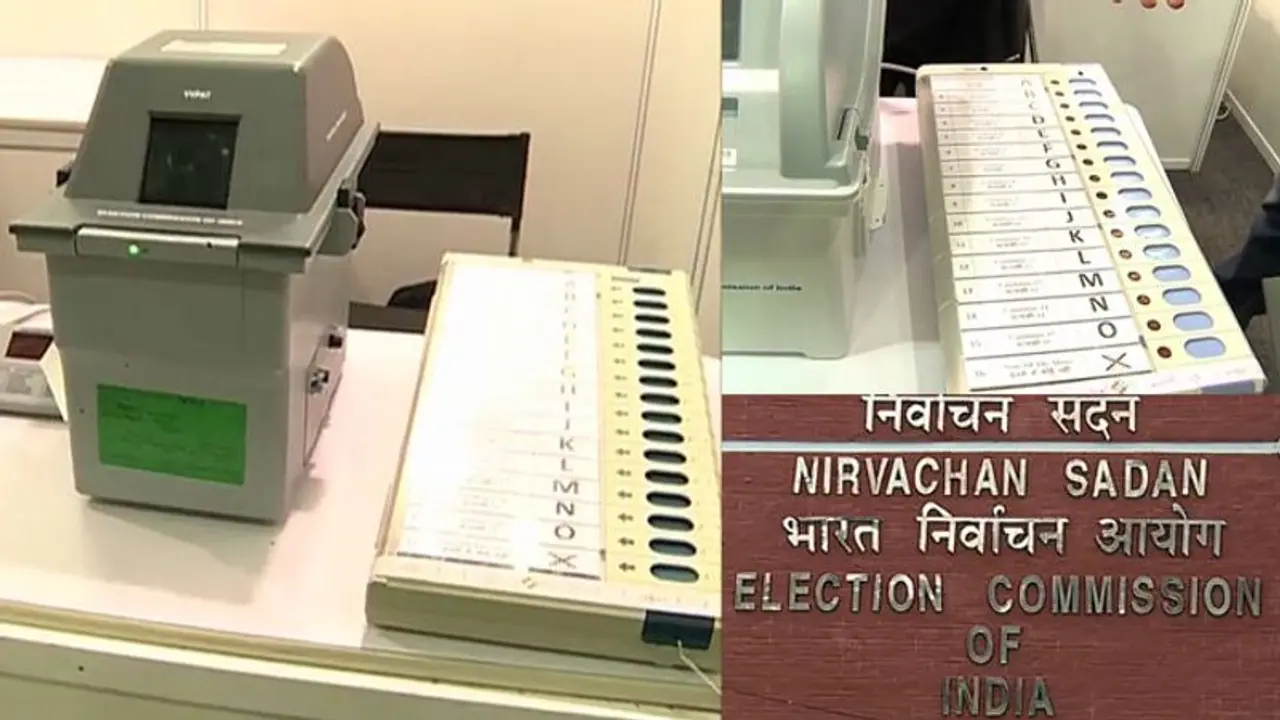VVPAT system works alongside EVMs and functions as a printer. When a voter casts their vote using the EVM, a paper slip is printed from the VVPAT printer. The slip shows details such as serial number, name, and election symbol of the candidate chosen by the voter.
Lok Sabha election 2024 are scheduled from April 19 to June 1. The Electronic Voting Machines (EVMs) will be used to cast the votes and elect the new government. Voter Verifiable Paper Audit Trail (VVPAT) system will also be employed during the election period.
VVPAT systems
EVMs make the voting process convenient. These machines expedite the declaration of results by providing prompt tabulation. However, over the years, concerns have been raised by various political parties regarding the tampering of EVMs.
To address this particular concern, VVPAT system was introduced. Prior to this system, the voters could not verify whether their vote was cast for their chosen candidate or not. VVPAT system allows the voters to verify their vote by providing a printed paper trail.
How was it introduced?
On 4 October 2010, a meeting was organized by the Election Commission of India. Certain important matters were discussed with the political parties and the latter raised concerns about the use of EVMs in elections. Some parties requested the ECI to introduce VVPAT for transparency in the voting process.
Where was it first used?
Following this, expert committees were formed that engaged in discussions with EVM manufacturers, BEL and ECIL. Suggestions were taken from political parties and other stakeholders for the design specifications of the VVPAT system. Then BEL and ECIL developed the VVPAT system. It was first used during the election of the 51-Noksen (ST) assembly constituency in Nagaland.
How does VVPAT work?
VVPAT system works alongside EVMs and functions as a printer. When a voter casts their vote using the EVM, a paper slip is printed from the VVPAT printer. The slip shows details such as serial number, name, and election symbol of the candidate chosen by the voter. The printed slip is then displayed behind a glass window for 7 seconds before automatically falling into a sealed box. In the events of disputes, electronic votes can be cross verified using these slips.
